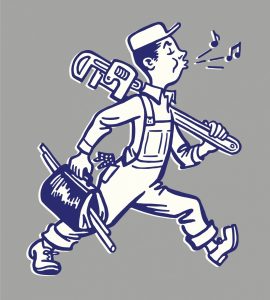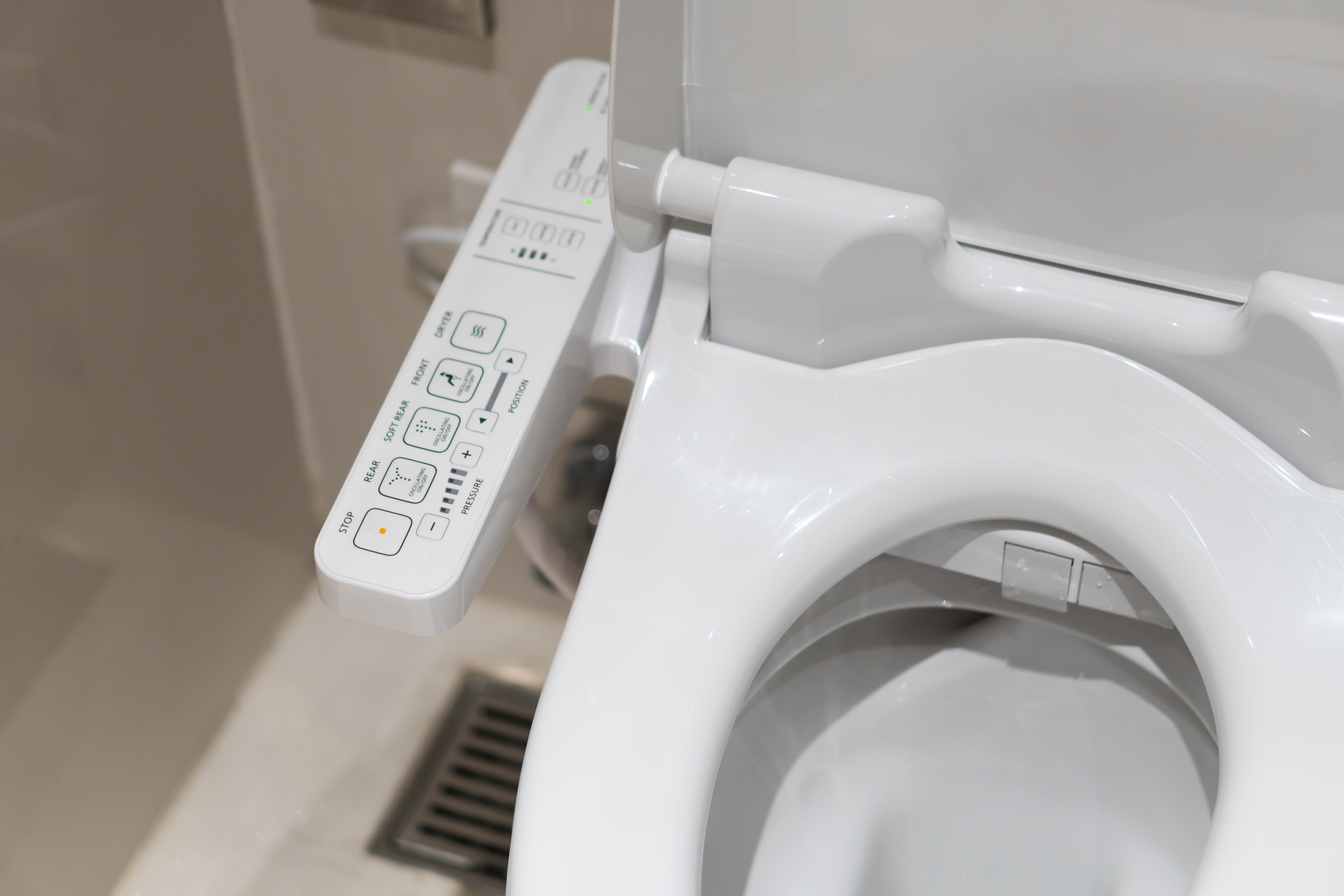Frost-free hose bibs are a great help in colder climates, where freezing temperatures can cause regular hose bibs to burst. These special valves keep water away from the coldest parts of the pipe, helping to prevent freezing. They are a simple yet effective way to protect your home’s plumbing system during the chilly months.
Even though they are a smart addition to any home, frost-free hose bibs are not without their problems. Leakage, dripping, and low water flow are some of the common issues that homeowners might face. Fortunately, many of these problems can be addressed with a few basic tools and a bit of know-how.
Understanding how frost-free hose bibs work and identifying common issues is the first step towards keeping them in good shape. With a bit of preventive maintenance and timely repairs, you can ensure that your frost-free hose bibs function properly and last for years. Let’s explore some simple fixes and tips to keep your outdoor taps working efficiently.
Understanding Frost-Free Hose Bibs
Frost-free hose bibs are a clever design solution that helps homeowners combat freezing temperatures. Traditional hose bibs can freeze and crack when left with water in them during cold weather. A frost-free hose bib, however, is designed so that the valve is situated inside the house where temperatures are more stable. This means that when you turn off the bib, the water drains from the exposed section of the pipe, reducing the risk of freezing.
These hose bibs come in various designs, but they all share the same premise: keep the water supply safely insulated within the home’s warm environment. In simple terms, the stem of the valve is longer than a standard hose bib, ensuring the water is cut off deeper inside the house. This clever feature requires minimal effort to work effectively, making it a popular choice for those living in colder climates.
While they generally work well, frost-free hose bibs can experience common issues. Leaks can happen if the internal washer wears out over time. Dripping is another issue and can be annoying, usually indicating a problem with the valve seal. Reduced water flow usually points to a blockage or a partially closed valve. Understanding these fundamentals will help you know what to look for and keep your frost-free hose bib in top condition.
Troubleshooting Common Problems
Troubleshooting frost-free hose bibs involves identifying issues like leaks, dripping, and reduced water flow. These problems are quite common and can usually be fixed with some simple diagnostics and minor repairs.
1. Leaks: Leaks often occur due to worn-out washers or seals. If you notice water seeping from the handle or pipe connection, it’s time to inspect these components. A quick inspection can help determine if a simple washer replacement is necessary.
2. Dripping: Constant dripping from the spout can drive you crazy and waste water. This is typically caused by a worn valve seal. To diagnose, turn off the water supply, remove the handle, and check the valve for signs of wear.
3. Reduced Water Flow: If your frost-free hose bib doesn’t have good water flow, there might be sediment or debris blocking the valve. Alternatively, check if the valve isn’t fully open or if there’s a blockage in the pipe leading to the hose bib.
To diagnose these problems, start by turning off the water supply to the hose bib. This ensures no further water damage occurs during your inspection. Next, unscrew the handle and other components to look for visible signs of damage such as rust, worn parts, or debris buildup. Ensure that each part is functioning as intended. When you find the problem, you’ll often only need to replace a small part to restore proper function.
Step-by-Step Guide to Simple Repairs
Fixing a frost-free hose bib is straightforward with the right approach. Let’s dive into some simple repairs that can restore your hose bib to good working order.
Fixing Leaks:
To fix leaks, start by turning off the water supply. Remove the handle by unscrewing the set screw underneath. Next, remove the stem assembly by unscrewing it from the valve body. Check the washer at the end of the stem and replace it if it’s worn or damaged. A new washer can often stop the leak.
Replacing Washers:
A worn washer can cause constant dripping. Turning off the water supply is essential before any repair. Remove the handle and stem assembly. Swap out the old washer for a new one of the same size. Reassemble the pieces and turn on the water supply to test.
Sealing Connections:
Leaks at the base may require sealing connections. Use pipe sealant or Teflon tape on the threads of the hose bib. Wrap the tape clockwise around the threads three to five times for the best seal. Reattach the hose bib and ensure a snug fit.
Tightening Loose Fittings:
Loose fittings can also cause leaks. Use a wrench to tighten any loose nuts or connections. Ensure you do not overtighten, as this can cause more damage. Tighten until snug to prevent leaks.
These repair steps should help tackle common issues with your frost-free hose bib, keeping it efficient and saving you from potential water wastage.
Preventive Tips to Maintain Your Hose Bibs
Maintaining your frost-free hose bibs helps to avoid issues down the line. With regular care, you can extend the lifespan of these essential outdoor fixtures.
Regular Maintenance Practices:
– Inspect Regularly: Check for leaks, cracks, or any signs of wear and tear every month. Early detection can prevent bigger issues.
– Clean the Hose Bib: Remove the hose and clean the outlet regularly to avoid blockages.
– Check Seals and Washers: Regularly examine seals and washers and replace them as needed to prevent leaks.
Seasonal Checks and Winterization:
Prepare your hose bibs for colder months with winterization. Disconnect hoses before the first frost to prevent water from freezing inside. Consider installing an insulator cap over the bib to shield it from extreme cold. During spring, open the water supply slowly to avoid pressure shocks.
Benefits of Preventive Care:
Investing time in preventive maintenance reduces the risk of emergency plumbing repairs. It helps you catch wear and tear before it turns into a costly problem, keeping your home’s plumbing system running smoothly.
Following these maintenance tips ensures your frost-free hose bibs serve you well year after year, making the most of what they’re designed for.
Conclusion
Keeping your frost-free hose bibs in good shape involves understanding their function, identifying common problems, and performing simple repairs. Regular maintenance and preventive measures ensure they remain effective year-round. Being proactive with your hose bibs helps you avoid disruptions and costly emergency plumbing repairs. With these straightforward tips, maintaining your hose bibs becomes an easy part of your home care routine.
If issues become too complex or you prefer professional help, don’t hesitate to reach out. At The Irish Plumber, we specialise in plumbing repairs and replacements that solve plumbing issues efficiently. Our team is here to help you with expertise and reliable service. Contact us today to ensure your home’s plumbing is always in top-notch condition.






